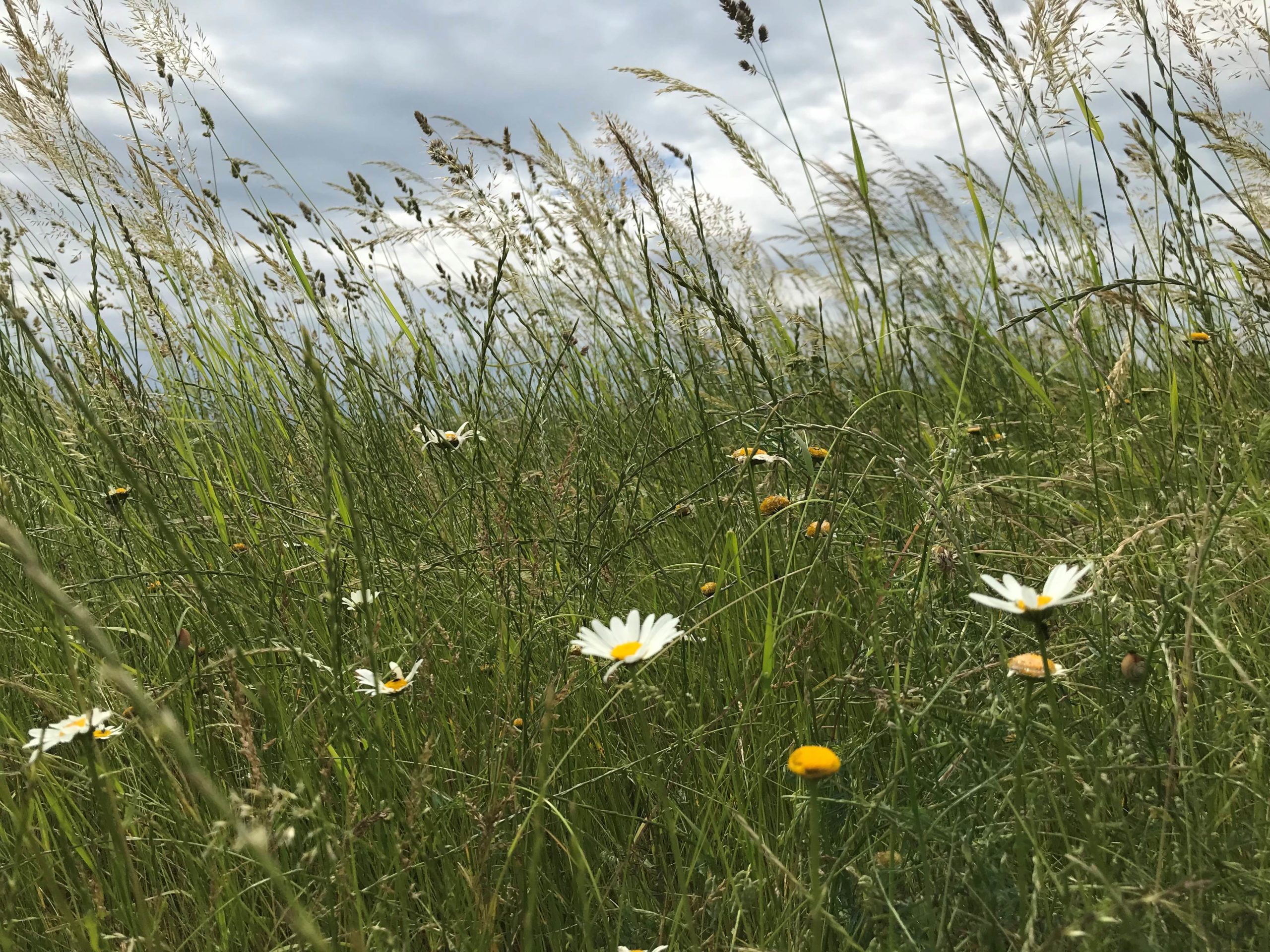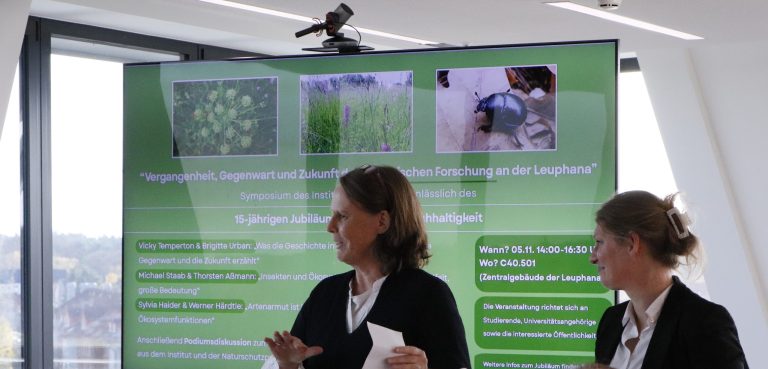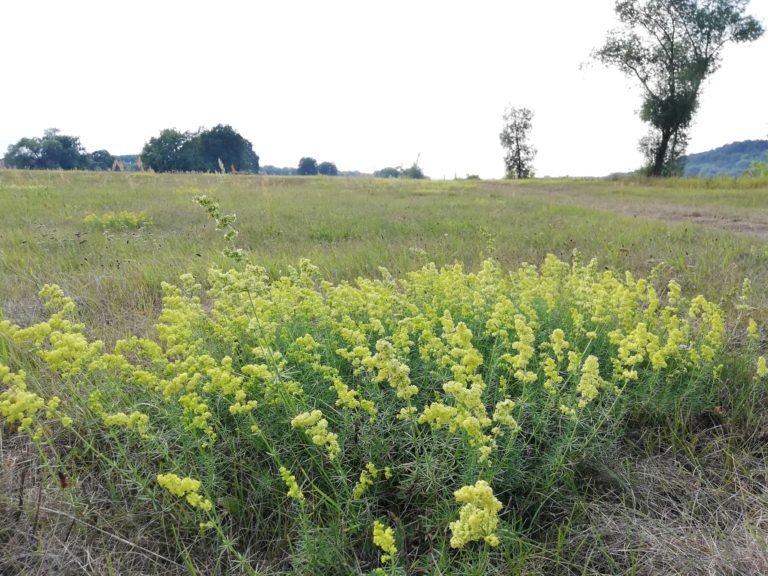Before we start, let’s get ready with a little quiz: Which land ecosystem is widespread around the globe, diverse, resilient, home to many species, stores a lot of carbon and… is not a forest? Far too often too little attention is paid to this ecosystem, and far too often it is dismissed in our perception as “farmland”. However, scientists around Spohn et al. (2023), including Sylvia Haider from the Institute of Ecology at Leuphana University Lüneburg, have shown in their study once again the enormous relevance of (drum roll!) grasslands for soil carbon sequestration, and thus for climate protection and adaptation.
One step back: what are we talking about?
Recent studies suggest that grasslands store about one third of terrestrial carbon, 90% of it belowground. Moreover, grasslands support some of the highest levels of biodiversity in the world. As not only climate change, but also the loss of biodiversity are existential crises of our time, a closer look to grasslands does make a lot of sense. What has already been investigated by recent studies in many ecosystems, is that plant diversity is a key driver of Soil Organic Carbon (SOC – that’s carbon which is stored within the soil in the form of organic matter, primarily derived from decomposed plant and animal material) formation and storage. Spohn and colleagues now investigated how climate impacts the relationship between plant diversity and soil organic carbon and the mechanisms involved. For that purpose, 84 grassland sites on six continents spanning wide climate gradients were examined. This experimental design is quite special as you would probably rather connect experiments with a lab or a small-scale field design with strictly controlled conditions. However, real-world studies as conducted in this research are increasingly important for a deeper understanding of our ecosystems, long-term effects and impacts of climate conditions.
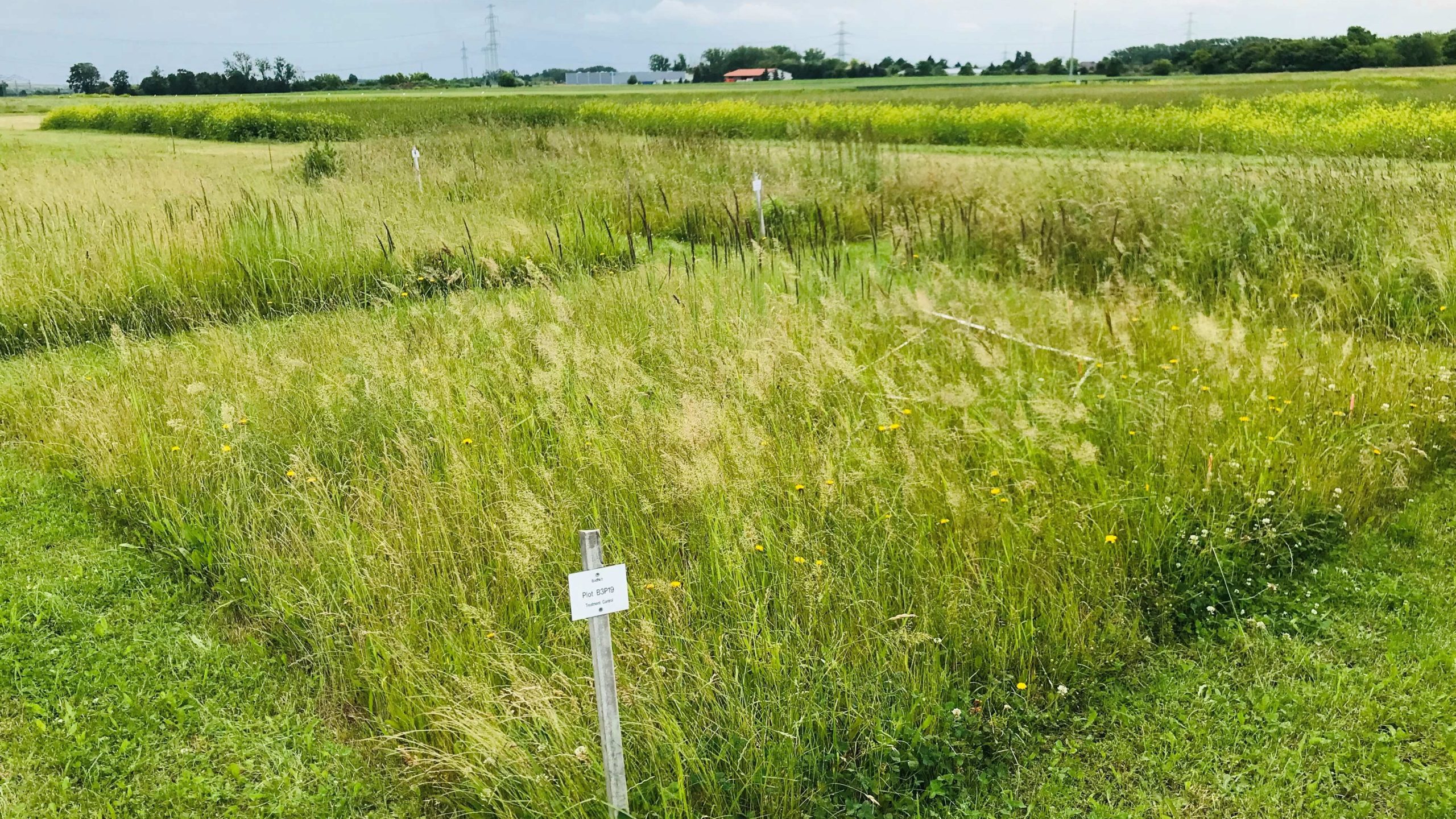
And one step forward: what has been studied?
Firstly, soil samples from all sites were taken and then analysed for their carbon, nitrogen and phosphorus content. Secondly, climate data were obtained (from Worldclim and the Consultative Group for International Agricultural Research) for the study areas – the mean annual temperature (MAT), the mean annual precipitation (MAP) and the potential evapotranspiration (PET), which is a measure of the “drying power” of the atmosphere to remove water from land surfaces by evaporation (e.g. from soil) and via plant transpiration. With the two latter variables, the aridity index (AI) was calculated.
The last component included in the analysis was plant diversity, for which the Shannon-Wiener index was used, considering not only the number of different species but also how evenly individuals are distributed among species. A higher value indicates a more diverse community, where many different species are present in relatively equal abundance, while a lower index suggests lower diversity, possibly dominated by a few abundant species.
With these variables at hand, further statistical work was carried out to explore the links between soil carbon dynamics, climate conditions and plant diversity. In order not to get too theoretical, here come the key findings:
Diversity matters! Climate matters! Grassland matters!
Plant diversity positively affected soil organic carbon (SOC) content and soil organic matter quality (analysed by the soil carbon-to-nitrogen (C:N) – a factor influencing the rate and efficiency of organic matter decomposition, which in turn affects nutrient availability, soil structure, and overall soil health) across all the grassland sites. That plant diversity influenced soil carbon storage not through the quantity of organic matter inputs (the plant biomass) to the soil, but through the quality of organic matter, was quite surprising to the scientists, as this was not expected in their initial hypothesis. So, in short: quality over quantity!

The second interesting point of the results: climate matters for these relationships, as these were strongest in warm and arid climates. The reasons for this climate-dependency are presumably due to a combination of factors caused by that specific climatic condition. For example, in warm and arid areas there’s a strong connection between plant diversity and the C:N ratio in the soil. During decomposition, microorganisms require nitrogen (N) to break down carbon-rich (C) organic compounds. When there’s higher plant diversity, the soil tends to have a higher C:N ratio meaning that organic matter decomposes more slowly, leading to more soil organic carbon being stored. Additionally, plants in warmer and arid areas produce litter that’s richer in complex compounds like waxes. These compounds are tougher for microbes to break down – which again means that more carbon stays in the soil as SOC.
As grasslands are spanning around the globe and different climate zones, they are of critical importance for tackling the climate and biodiversity crises. However, they are arguably undergoing the fastest rate of degradation of any terrestrial biome – around half of the global grassland areas have been degraded, especially by agricultural conversion and intensive livestock production. That’s why the study highlights that “potential future losses of plant diversity in grasslands could jeopardize SOC storage, particularly in warm and arid climates.” But to put it in a more solution-oriented way: restoring plant diversity in grasslands holds a great potential to natural climate solutions.
A lot to know, a lot to do
If this still all sounds very theoretical, now it’s time to put it into practice: the findings of this research highlight the importance of understanding the complex interactions happening in the ecosystems surrounding us. Understanding the positive effects of plant diversity on soil carbon storage, especially in warm and arid climates, can inform ecosystem management practices aimed at enhancing carbon sequestration and promoting biodiversity conservation. Policymakers must become aware of the outstanding importance of grasslands in their contribution to natural climate solutions and promotion of resilience to global change. Additionally, the study makes clear that interdisciplinary, real-world related research is fundamental in addressing present challenges. We need to work together on all levels and broaden our view – beyond the forests to the diverse, impressive ecosystems of our world!
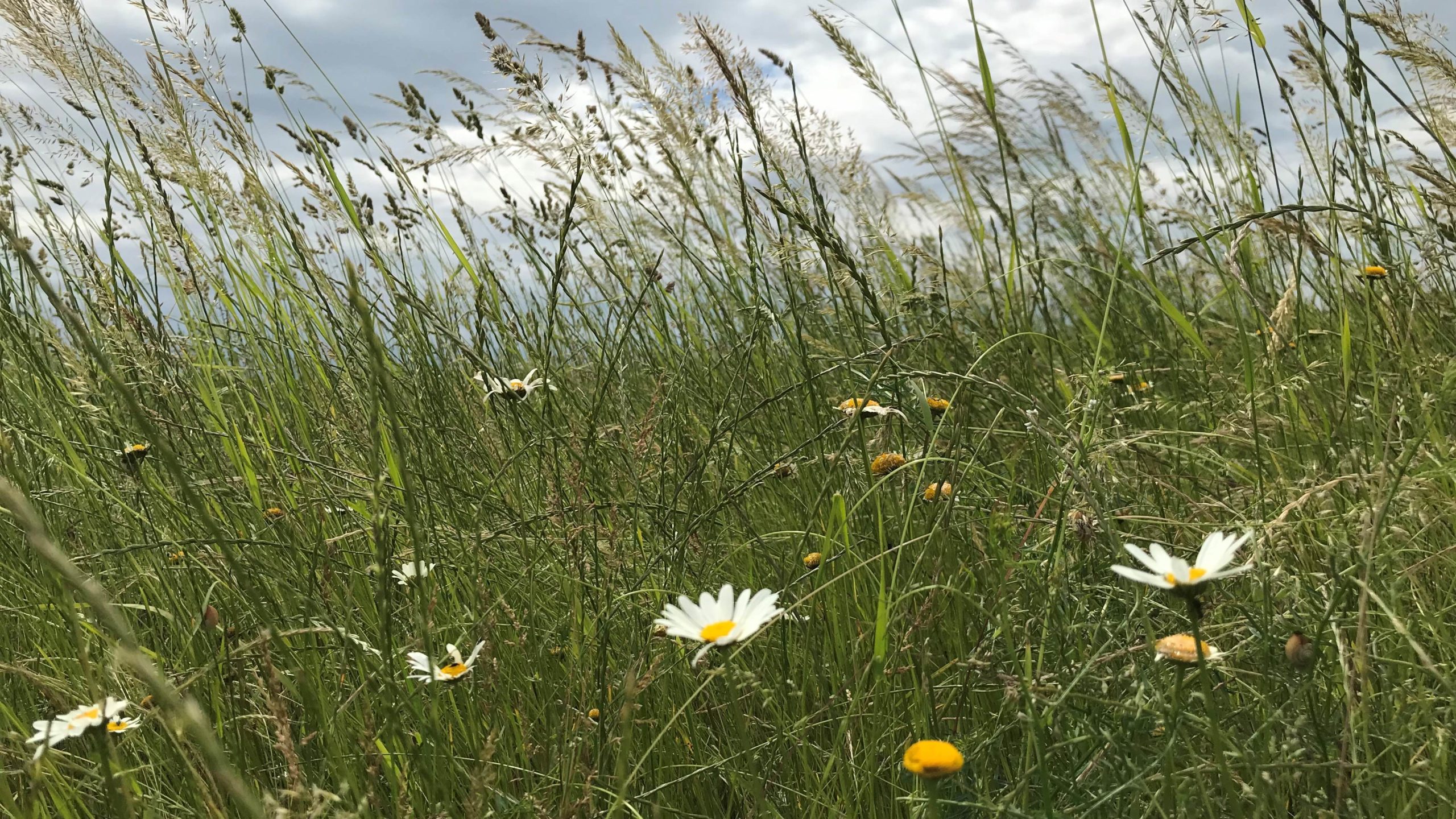
If you would like to dive deeper into this study, you can find the paper of Spohn and colleagues here:
Spohn, M., Bagchi, S., Biederman, L.A. et al. The positive effect of plant diversity on soil carbon depends on climate. Nat Commun 14, 6624 (2023). https://doi.org/10.1038/s41467-023-42340-0
And if you haven’t had enough of reading about grasslands and carbon sequestration, check out these studies:
Bai, Y., Cotrufo M. F. (2022): Grassland soil carbon sequestration: current understanding, challenges, and solutions. In: Science, Vol 377, Issue 6606, pp. 603-608. DOI: 10.1126/science.abo2380
Bossio, D.A., Cook-Patton, S.C., Ellis, P.W. et al. (2020): The role of soil carbon in natural climate solutions. Nat Sustain 3, 391–398. https://doi.org/10.1038/s41893-020-0491-z
Staude, I. R., Segar, J., Temperton, V. M., Andrade, B. O., de Sá Dechoum, M., Weidlich, E. W., & Overbeck, G. E. (2023): Prioritize grassland restoration to bend the curve of biodiversity loss. Restoration Ecology, e13931. DOI: https://doi.org/10.1111/rec.13931
Find our first blog article here: Why restoration needs a new focus: A perspective that may be surprising to many – and that’s the problem
